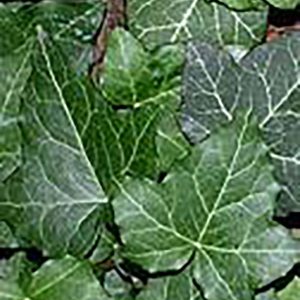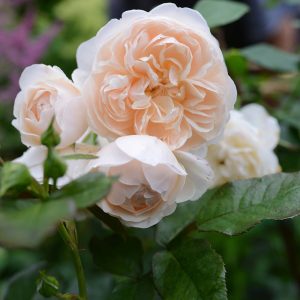Description
Cornus sanguinea is also known as the blood-twig dogwood or the European dogwood. It is a deciduous shrub that is native to Europe and Asia. This cultivar is known for its bright red stems that are especially striking in winter, when the plant is dormant and most other shrubs have lost their leaves. The leaves are dark green and ovate, and it produces small, white flowers in the summer. It can be used as specimen plant, or in the mixed border. It can be propagated by taking hardwood cuttings in autumn or by layering in the spring.
Key Facts
- Common Name(s):Dogwood ‘Midwinter Fire’
- Hardiness:Fully hardy
- How big will I get? Cornus sanguinea ‘Midwinter Fire’ can grow to a height of 2m and a spread of 2m.
- Did You Know That:The bright red and orange bark of the ‘Midwinter Fire’ is striking when backlit by the sun, it creates a beautiful winter display in the garden?
Plant Calendar
A rough guide to how this plant will change through the year.
| Jan | Feb | Mar | Apr | May | June | July | Aug | Sept | Oct | Nov | Dec | |
| Flowering Time | 
| 
| ||||||||||
| Foliage Colour |  |
 |
 |
 |
 |
 |
 |
 |
  |
  |
  |
 |
| J | F | M | A | M | J | J | A | S | O | N | D |

| 
| ||||||||||
 |
 |
 |
 |
 |
 |
 |
 |
  |
  |
  |
 |
Care Guide

Soil Requirements
Cornus sanguinea ‘Midwinter Fire’ is a versatile plant and can cope with wet or drier soils, but prefers there to be decent drainage. This plant can grow in soil with a wide range of pH levels, it is not picky about the pH level of the soil.

Best Position
Cornus sanguinea ‘Midwinter Fire’ can handle either an exposed or a sheltered position and can cope with either full sun or partial shade.

Maintenance
Cornus sanguinea ‘Midwinter Fire’ should be pruned annually. To ensure bright stems every winter, coppice your dogwood shrubs by cutting back all shoots to 5-7.5cm (2-3in) from the ground between late winter and mid-spring, once the plants are established. Do this pruning annually to maintain the base framework of the plant, known as a stool. Tidy up the stool by sawing off any damaged or congested bits after cutting back the shoots. It is best to carry out this pruning in early to mid-April for good colorful stems next year.

Pest, Diseases and Wildlife
Cornus sanguinea ‘Midwinter Fire’ is generally pest free, and it tends not to have problems with diseases. It is also known to attract bees, butterflies and other pollinators. It is not considered to be toxic.





